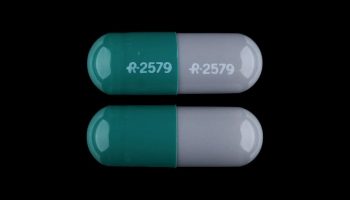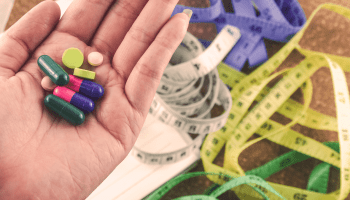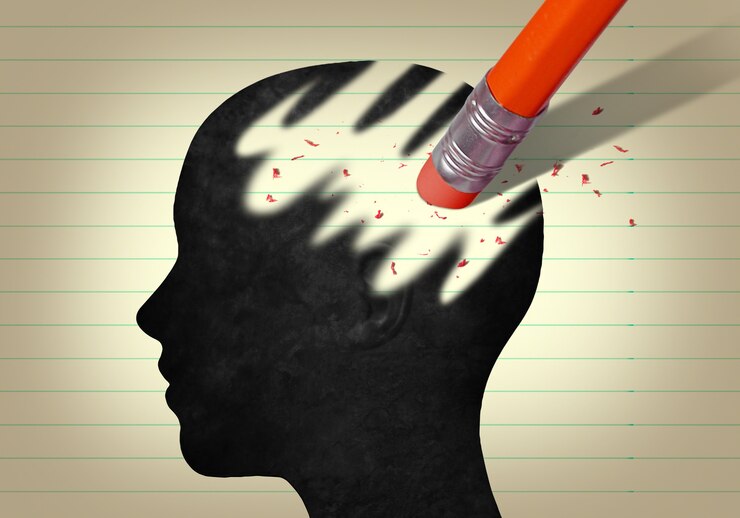Ensuring kids have a secure space to engage in activities like riding, sliding, and seesawing is crucial.
Serious injuries can be avoided using protective equipment such as knee pads and helmets, as well as soft surfaces for playing.
Also, it’s critical to take precautions to avoid falls, such as utilizing safety gates and enforcing appropriate playground behavior.
Parents and other carers must be aware of the symptoms of a brain injury and seek medical assistance as needed. Traumatic brain injuries are a significant public health issue in the United States.
Children’s chance of suffering traumatic brain injuries can be decreased by taking preventative steps such as using childproofing equipment and wearing helmets.
Following a brain injury, it’s critical to keep an eye on the child’s behavior and cognitive abilities and to seek out rehabilitation programs to speed up recovery and enhance long-term outcomes.
Steps To Protect Your Child From Getting A Brain Injury
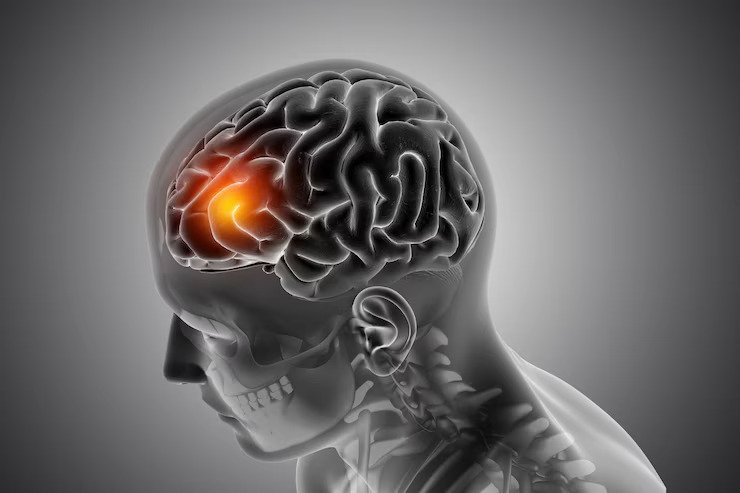
Given below are some of the most crucial steps that you must take to prevent your child from getting a brain injury—
1. Know The Different Kinds Of Head Injuries
Several distinct forms of injuries involve the head, skull, brain, or blood vessels, including head injury, brain damage, and concussion.
Any damage to the head, skull, brain, or blood vessels is referred to as a “head injury,” Symptoms might include headaches, vertigo, disorientation, memory loss, and loss of consciousness.
Traumatic brain injury (TBI) is the term used to describe brain damage caused by some external force, such as a violent blow to the head or body.
To control symptoms and enhance overall functioning, TBI treatment frequently combines medication, counseling, and rehabilitation.
A concussion is a minor traumatic brain injury brought on by an impact on the head or shaking of the brain inside the skull.
2. Immediately Contact A Child Specialist
The most significant information in this book is that it is crucial to watch over your child for several hours and look out for any concussion symptoms, such as vomiting or loss of consciousness.
If you experience any unsettling symptoms, visit a doctor right once.
Also, it’s crucial to watch for any behavioral changes or symptoms in your child, such as nausea, vertigo, or extreme drowsiness, which might point to a more serious brain injury.
It’s crucial to call your doctor right away if you observe any changes in your child’s behavior.
They can assist you in figuring out whether a more serious underlying problem has to be resolved.
3. Use Helmets For Your Children
The key points of this article are that a helmet can protect children from head and brain injuries and that parents should set a positive example by donning helmets themselves when engaging in similar activities.
In addition, parents can set a positive example by donning helmets when engaging in comparable activities.
Helmets are a non-negotiable safety precaution for kids participating in physical activity since they may significantly lower the risk of head injuries.
Parents should emphasize the value of wearing helmets to their kids and serve as positive role models by donning them themselves.
Helmets should also be properly adjusted and replaced if worn out or broken.
4. Childproofing Your House
Childproofing your house is crucial if you have a small child to guard against falls. These precautions include adding safety gates to stairwells at the top and bottom, mounting furniture to walls, and putting away tiny things out of children’s reach.
It’s crucial to constantly watch over your youngster and educate them on their safety precautions.
Moreover, consider installing window guards or restricting access to high-risk locations like rooftops and balconies.
Never leave a kid unsupervised in or near water. Install safety gates at the tops of stairs. Use corner and edge bumpers on low furniture.
Keep one hand on the changing table. Keep tiny things out of reach. Cover electrical outlets with safety plugs.
It’s crucial to teach your child about safety precautions and set an example by acting responsibly.
5. Stay In Touch With Their Sports Coaches
Parents should emphasize their kids’ sports safety and take the necessary procedures to avoid life-altering accidents.
Also, if their child sustains any head damage, they should seek medical assistance and educate themselves on concussions’ warning signs and symptoms.
They should also spend money on appropriate safety gear, such as helmets or headgear, to lower brain injury risk.
They should also advise their child to play carefully and avoid risky activities that might result in head injuries.
Lastly, parents should keep in regular contact with their child’s coach to discuss safety procedures and ensure they know the most recent concussion care recommendations.
6. Talk To Your Child
Children should be aware of the risks associated with head trauma and the need to get help immediately if any symptoms appear.
If they ever knock on their head, tell them to speak up and ask for assistance even if they first feel alright.
Also, it’s critical to instruct kids on how to avoid head injuries by using the proper safety equipment, such as helmets, when riding motorcycles or participating in contact sports.
The signs and symptoms of a concussion, such as a headache, dizziness, disorientation, and sensitivity to light or noise, should also be known to parents.
We can maintain children’s safety when playing sports and engaging in other activities by following these procedures to help prevent major head injuries.
What Can Cause A Brain Injury In Children?
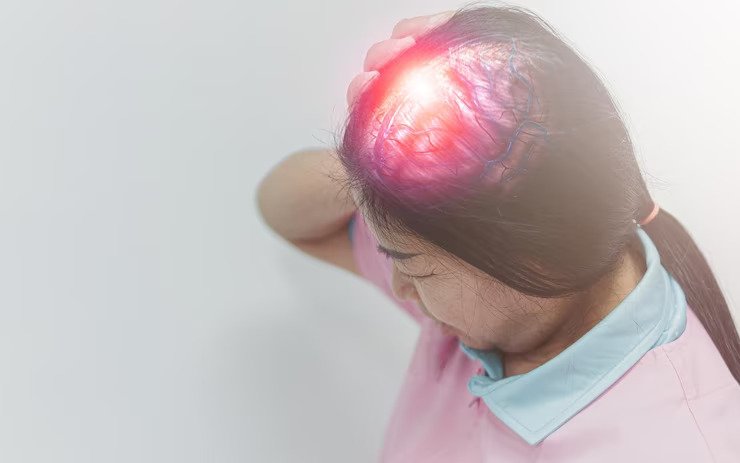
Mild to severe head injuries in children can result in symptoms including headaches, nausea, vertigo, and loss of consciousness.
In the event that a child sustains a head injury, parents and other carers must seek medical help.
According to studies, head injuries are more likely when kids actively participate in outdoor activities in the spring and summer. Concussions and postconcussive disorders are risks of playing competitive sports.
You can go through the Top Causes of Concussions in Children and Adolescents Infographic to get a clear picture of the issue.
When the brain is wounded at the point of contact, it might bounce and inflict further harm on the opposite side of the skull. This is known as coup-countercoup.
If a brain injury is suspected, getting medical assistance right once is crucial to limit future harm.
Read Also:









